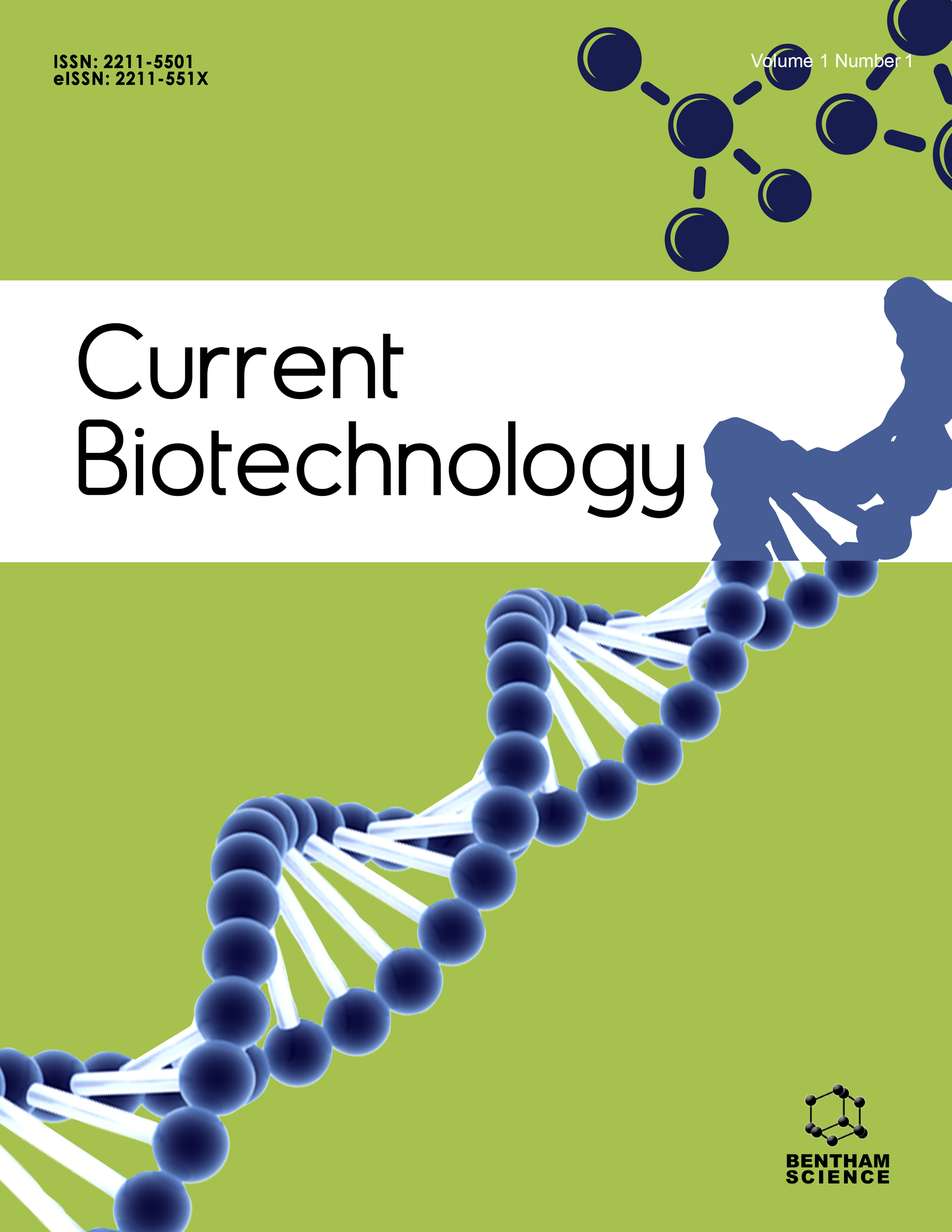
Full text loading...
We use cookies to track usage and preferences.I Understand

With an average crystallographic size of 8.67 nm, we studied the antibacterial properties of CaO nanoparticles against microorganisms. The CaO NPs used in this study were synthesized using a simple soft chemical method.
To assess antibacterial activity, three methods were employed: the live count (LC) method, the agar cup method, and the minimum inhibitory concentration (MIC) approach. The CaO nanoparticles used in this study were produced using a simple soft chemical method.
TEM study revealed that the application of nanoparticles disrupted the cell walls of pathogens.
We can conclude from this work that the lethal effect rises with CaO nanoparticle concentration. According to this research, CaO NPs seem like a good option for creating novel antibacterial drugs that are more effective against infections. The dose amount may be used in therapeutic settings. Considering this, the application of CaO nanoparticles as antibacterial agents could result in effective in vivo experiments.

Article metrics loading...

Full text loading...
References


Data & Media loading...